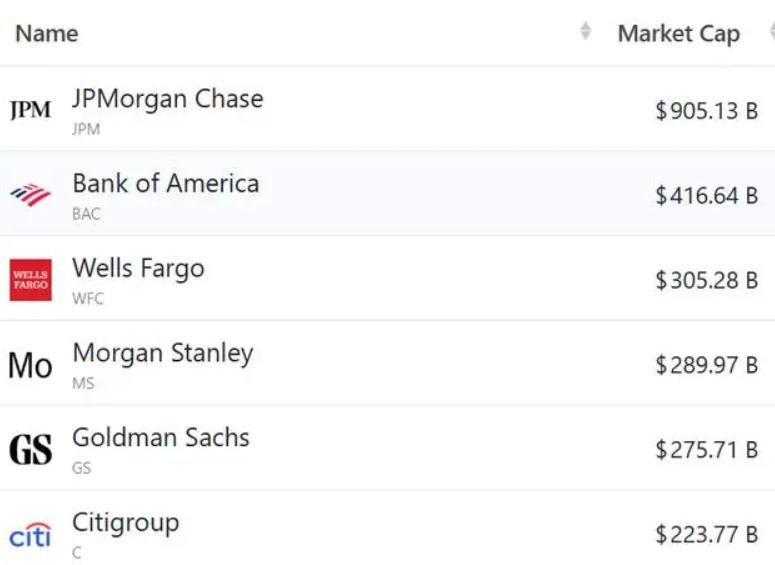
Recently, the international crude oil market has experienced significant fluctuations. Stimulated by news of OPEC+plans to increase production, WTI crude oil futures plummeted 2.47% to $63.97 per barrel in a single day, while Brent crude oil futures fell 2.23% to $67.60 per barrel, both hitting recent lows. This fluctuation breaks the expected support for the summer oil peak season and exposes the deep contradiction between the structural adjustment of the supply side and the weakness of the demand side in the global energy market.
The OPEC+decision to increase production is a continuation of its long-term strategic adjustment. Since the launch of the production reduction plan in November 2023, the alliance has gradually resumed supply through three accelerated production increases. The increase of 548000 barrels per day in September marks the complete termination of the production reduction agreement one year ahead of schedule, and the daily crude oil production has returned to the level before the reduction in 2023. The core logic of this move lies in the competition for market share. With the continuous increase in shale oil production in the United States and the launch of new projects in non OPEC oil producing countries such as Brazil and Guyana, OPEC+'s market dominance is being challenged. The Saudi Energy Minister has publicly stated that he will not provide market share protection for other oil producing countries. This increase in production is aimed at consolidating its position as a "market regulator" by releasing idle production capacity.
From a fundamental perspective, the decision to increase production resonates with weak global demand, exacerbating market concerns about oversupply. In addition to OPEC+, non-traditional supply sources are also increasing in volume on the supply side. Petrobras announced that its pre salt oil field project will increase crude oil production by 800000 barrels per day by 2026; The drilling efficiency of shale oil in the Permian Basin of the United States has improved, with single well production increasing by 15% compared to 2024. According to the IEA's forecast, the global increase in crude oil supply will reach 3.2 million barrels per day by 2025, far exceeding the expected demand growth. The slowdown in global economic growth on the demand side and the energy transition pose dual pressures. In July, the non farm payroll in the United States only increased by 73000 people, and the manufacturing PMI remained in a contraction range for four consecutive months; The Eurozone's composite PMI for August fell to 49.7, the lowest since November 2023. At the same time, the sales proportion of new energy vehicles in China has exceeded 45%, and emerging markets such as India and Southeast Asia are also accelerating the promotion of clean energy, resulting in weak growth in demand for traditional fuels.
The fluctuation of oil prices in the first half of 2025 was highly dependent on geopolitical risk premiums. In June, the conflict between Iran and Israel caused Brent crude oil to skyrocket by 8.95% to $78.40 per barrel in a single day, but then quickly fell back due to the lack of escalation of the conflict. Nowadays, the market focus has shifted from "supply interruption" to "demand contraction". After WTI crude oil fell below the key support level of $65 per barrel on a technical level, it triggered a programmed trading sell-off, further amplifying the decline. On the financial front, CFTC's non-commercial net long positions in crude oil have decreased by 38% from their June high, indicating a lack of confidence in the upward trend of oil prices among speculative funds. The policy of the United States imposing tariffs on multiple countries will take effect on August 6th, and the market is concerned that the escalation of the trade war will weaken global oil demand. Goldman Sachs warns that if tariff policies continue, global crude oil demand may decrease by 500000 barrels per day in the fourth quarter of 2025.
Although the current oil price has fallen below the expectations of most institutions, there is still a possibility of a short-term rebound. Saudi Aramco raised the official selling price of Arab light crude oil to Asia in August to $2.20 per barrel higher than the average price in Oman/Dubai, indicating that it is still attempting to support the market through pricing strategies. In addition, if the negotiations on the Iranian nuclear issue break down or the Russia-Ukraine conflict escalates, geopolitical risks may push up oil prices again. However, in the medium to long term, the downward pressure on oil prices is difficult to alleviate. OPEC+plans to hold a meeting in October to evaluate the production reduction agreement, but the United Arab Emirates has made it clear that it will refuse to extend the cuts. It is expected that global crude oil inventories will increase by 120 million barrels by 2026. For every 10% increase in the proportion of global electric vehicle sales, approximately 1 million barrels per day of crude oil demand will be reduced. The IEA predicts that global oil demand will peak and enter a downward trend by 2030. The probability of the Federal Reserve cutting interest rates in September is 96.6%, but the US dollar index remains above 101, and the strong US dollar will continue to suppress commodity prices.
For the allocation of crude oil related assets, it is recommended to adopt a "short-term hedging+long-term layout" strategy. Avoid upstream exploration and development enterprises and focus on the profit improvement brought by the decrease in raw material costs in the refining and chemical sector. Utilize the widening price difference between WTI and Brent to engage in cross variety arbitrage. Increase holdings in clean energy ETFs such as photovoltaics and wind power to hedge the downside risks of traditional energy. In this market shock triggered by OPEC+production increase, crude oil is returning from a "geopolitical weapon" to a "common commodity". When the "artificial regulation" on the supply side meets the "irreversible" on the demand side, the long-term downward trend of oil prices may have become irreversible.

Driven by the Trump administration's push to relax financial regulations and the recovery of investment banking business, the market value of the six major banks in the United States has cumulatively increased by approximately 600 billion US dollars by 2025.
Driven by the Trump administration's push to relax financia…
On Christmas evening, U.S. President Trump posted on social…
According to multiple foreign media reports, the recent fin…
The middle class, once regarded as the cornerstone of Ameri…
On December 19th local time, the US military launched a lar…
The Boxing Day sunshine should have cast a false glow of pr…